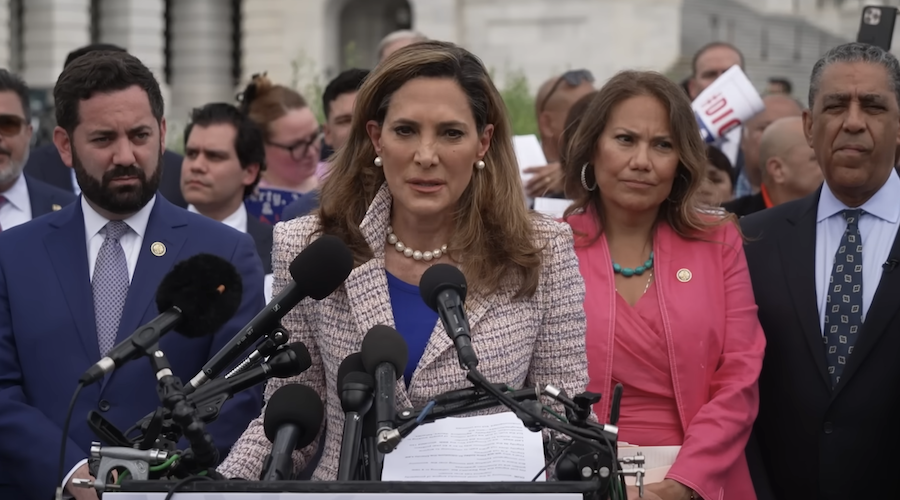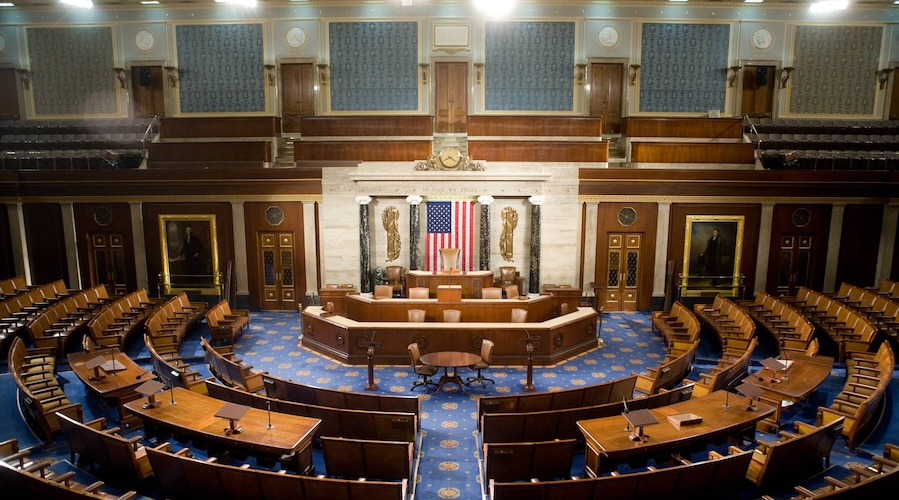
FY26 House DHS Appropriations Bill -- Adopted Immigration Amendments
Fact Sheet - Thursday, June 26, 2025
Adopted Immigration Amendments
(Press Release)
Republican En Bloc #1 (adopted by voice vote)
- Mandates detention priorities that focus on criminals and puts everyone on the non-detained docket on ATD monitors.
- Improves the credible fear standard (more likely than not).
- Limits credible fear and asylum for aliens who passed through a safe third country.
Bipartisan En Block #2 (adopted by voice vote)
- Establishes a new, cap-exempt category of H-2B visas for employers with a history of using the program.
- The amendment applies to any employer that received a labor certification between FY2021 and FY2025. In FY2026, these employers "shall...obtain positions exempt from the numerical limitation" in an amount not exceeding their "highest number of positions for all labor certifications received" in any single year during that five-year look-back period.
- The use of "shall" makes the granting of this exemption a mandatory, non-discretionary duty of the government. The exemption is tied to the employer's peak usage, creating a permanent allotment of cap-exempt visas for incumbent firms.
- Numerical Impact: Based on a granular analysis of H-2B employer petition data from FY2021-FY2025, this provision would create a cap-exempt pool of 172,480 H-2B positions in FY2026. This figure is the sum of the single highest year of H-2B usage for every participating employer during the look-back period.
- Crucially, the amendment's text does not alter or eliminate the existing statutory H-2B cap of 66,000 visas per year. Therefore, the direct numerical impact is the potential for the total size of the H-2B program to increase to 238,480 workers (172,480 exempt positions + 66,000 statutory cap positions).
- Makes dairy eligible for the uncapped H-2A visa program, which it was not previously eligible for due to the non-seasonal nature of the work.
- The U.S. dairy farm industry employs approximately 130,000 workers. By deeming this year-round work "seasonal," the provision makes these jobs eligible for the H-2A program for the first time. Unlike the H-2B program, the H-2A program has no statutory annual cap on the number of visas that can be issued.
- Numerical Impact: The direct numerical impact is the potential for a significant portion of the roughly 130,000 year-round jobs in the U.S. dairy industry to be filled through the uncapped H-2A visa program.
- Blocks the implementation of a significant regulatory overhaul of the H-2A and H-2B programs.
- Maintaining a Restricted Labor Pool: The rule would have eliminated the "eligible countries list," allowing employers to hire H-2 workers from any country. Blocking the rule maintains the current, more restrictive list.
- Slowing the Return of Experienced Workers: The rule would have shortened the required period of absence for a worker to reset their three-year limit of stay. Blocking the rule maintains the longer absence requirement, reducing the number of experienced "returning workers" available to employers in any given year.
- Reducing In-Country Labor Supply: The rule would have made H-2B worker "portability" (the ability to change jobs) permanent and established a 60-day grace period for workers to find a new job after their employment ends. Blocking these flexibilities reduces the number of H-2 workers already in the country who are available to fill open positions.
- Amends the INA to move workers who work for carnivals from the H-2B program to the uncapped P-visa program.
- Numerical Impact: Currently, carnivals use roughly 5,000-7,000 visas yearly under the H-2B program. Moving them from the H-2B to the P visa category will free up additional H-2B visas, as well as significantly expand the carnival industry’s use of cheap foreign labor.
Underwood Amendment (adopted by voice vote)
Expands the provision that blocks DHS funds from being used to prevent the entry of Members of Congress into alien facilities to include those not “operated by or for the Department of Homeland Security” and adds facilities used to “hold” aliens in addition to those used to “detain.”
Quigley Amendment (adopted by voice vote)
Adds report language that Congress is “disappointed” that USCIS paused the unlawful Uniting for Ukraine parole program.
Amodei/Espaillat Amendment (adopted by voice vote)
Urges ICE to “evaluate and assess the necessity of enforcement actions at sensitive locations,” and encourages them to “only effectuate such actions if other options for immigration enforcement have been considered.”
Escobar Amendment (adopted by voice vote)
Prohibits ICE funds from being used in an immigration enforcement activity to detain or deport a U.S. citizen. In other words, if a citizen interferes in an immigration arrest, ICE would be unable to detain that citizen and would have to rely on other law enforcement agencies.
Ciscomani/Escobar Amendment (adopted by voice vote)
Adds report language urging ICE to restrain immigration enforcement activities at courthouses “or other locations where such process takes place.” Note: This amendment replaced the original Escobar amendment, which would have effectively blocked immigration enforcement “at or near courthouses”.
Wasserman Schultz/Amodei Amendment (adopted by voice vote)
Adds report language directing the Secretary to reconsider the termination of Venezuelan TPS and brief Congress within 30 days. Note: This amendment effectively replaced the original Wasserman Schultz amendment, which would have prohibited the detention, deportation, or removal of Venezuelans who had previous TPS designations.
Download Fact Sheet
FY26 House DHS Appropriations Bill -- Adopted Immigration Amendments
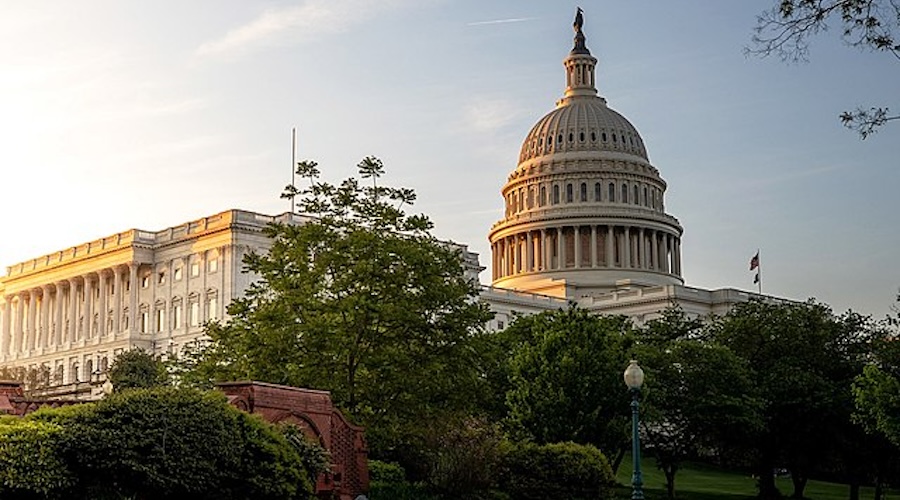
Fact Sheet - The U.S. Immigration System

Fact Sheet - Pause Admissions Until Security Ensured (PAUSE) Act of 2025, H.R. 6225

Fact Sheet - J Visa: Cultural Exchange Visa Turned Cheap Labor Conduit
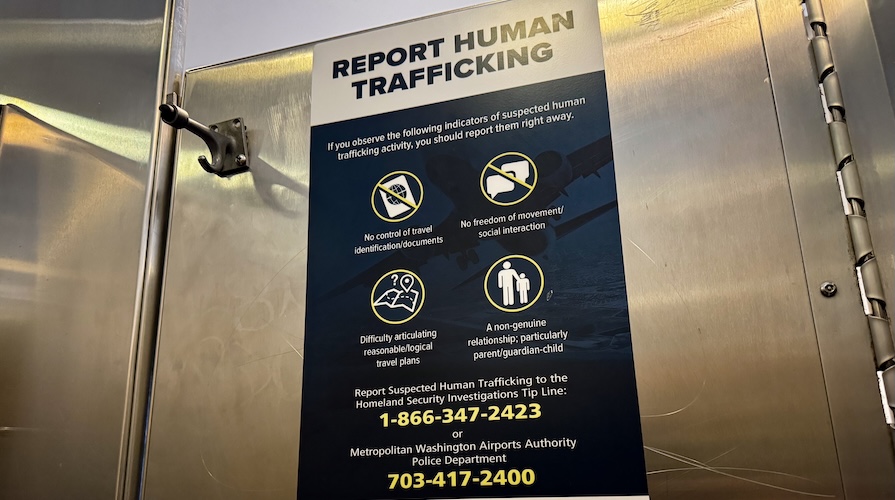
Fact Sheet - Unaccompanied Alien Children: License to Traffick Children
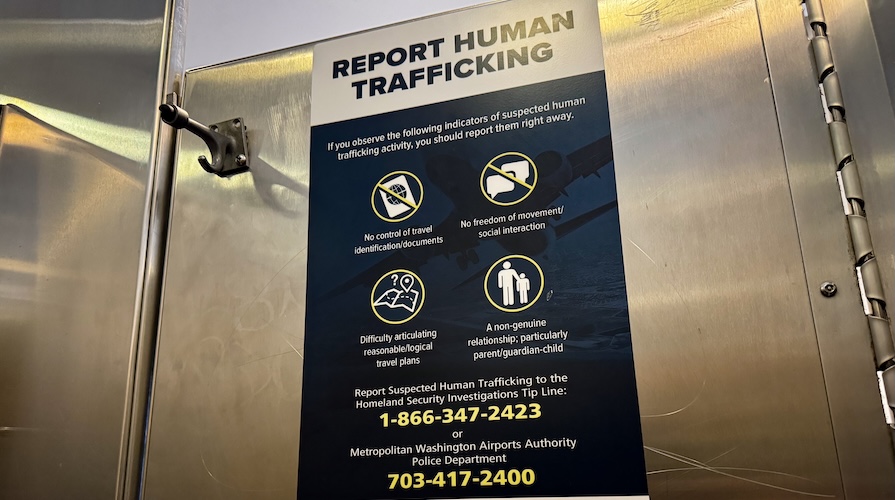
Fact Sheet - U Visa: Created for Victims but Given to Perps
